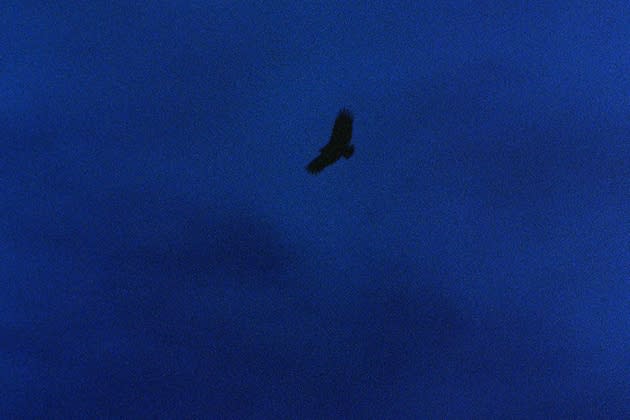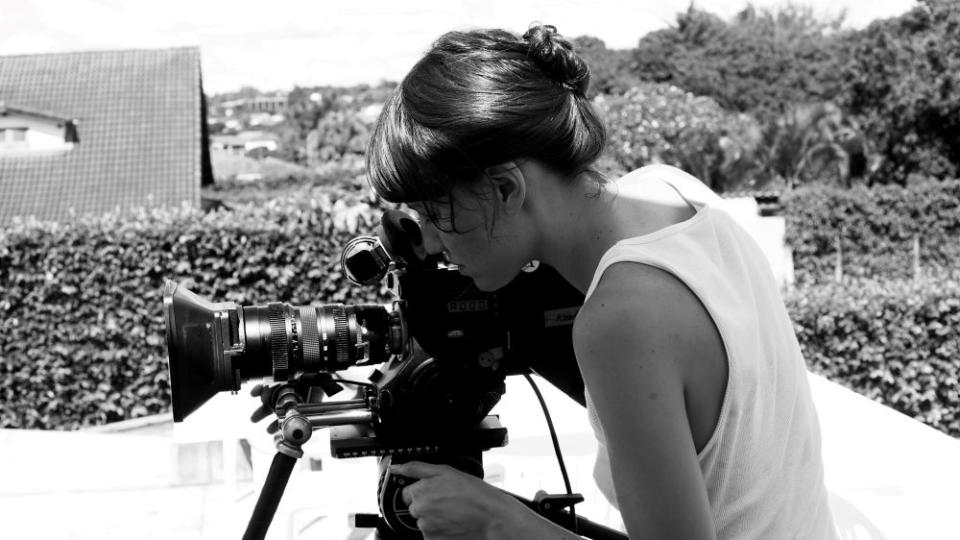Brazil’s Ana Vaz: ‘The Past Never Passes’

Presented at Locarno’s Cineasti del Presente competition, the first feature film of Brazilian filmmaker and curator Ana Vaz portrays the battle between the urban expansion of Brasília and the misplacement of its local fauna.
It reprises some of the artist’s obsessions as well as questioning the urban identity of Brazil’s capital, denouncing both its institutional role and the artificiality of its architecture. The production has been possible thanks to an Italian, French and Brazilian collaboration carried out by Fondazione In Between Art Film and Spectre Films.
More from Variety
From Soaring Attendance to Deals, Buzz Titles and Jason Blum, 10 Takes on Locarno
Locarno Piazza Grande Entry 'Piaffe' Marks Artist Ann Oren's First Feature - Trailer (EXCLUSIVE)
How Locarno Competition Player 'De Noche Los Gatos Son Pardos' Bucks Cinema Norms
This dark 16 mm avant-garde documentary begins with a series of long fixed shots and pans that ses us in the twilight that haunts Brasilia, whose frenetic distinctiveness drowns us into the deep shadows of an urban setting. Vaz refers to her feature debut as “a film that comes off the dark, a piece that thinks and trembles with the dark”.
“It is Night in America” images travel through twilight, dawns and shadows, but never full sunlight. To be more precise, Vaz explains that she employed a day-by-night shoot technique – well known in the early days of filmmaking and that reached its peak during the heyday of the Western, “Day By Night”. This technique part contributed to the film’s particular blue tones.
For Vaz, this “political fable” is a kind of encounter with the Western itself, a genre that inspires her films from their very concept given Western’s frequent focus on settlement. “Western is the genre of what happens during the process of settlement,” says Vaz. “There is also this imaginary conversation with the history of cinema, through the very materiality of the images you’ve seen,” she adds.
In the film’s main plot, the parallel montage of 16 mm shots is the main narrative tool used to present the struggle of animal life in Brasilia: On one hand, we patiently observe the images of several fauna, agent and vigilant; on the other, frames highlight urban constructions.
None of the animals were trained in any way, nor are they there to act as extras, they are only on the streets, because they have been expelled from their habitat, Vaz says. “The gaze of modernity doesn’t take them in very often; these presences are kind of invisible.”

Credit: Locarno Film Festival
“My use of 16mm film it’s not only an aesthetic choice, but rather an insistence on the materiality of the image,” Vaz adds. The artist also speaks about filming with expired film stock to express this catastrophic drama of species that are in process of extinction. “We’re dealing with two processes of extinction that are happening in the film in one way or another. The extinction of the image itself, and the extinction of these beings”.
Vaz devotes a brief space to historical context: The construction of Brasília as a political project during the government of Juscelino Kubitschek (1956-1961). We see recordings of animals being removed during the transfer of the Brazil’s capital from Rio de Janeiro to the new city in a construction project that promised to accomplish 50 years of development in five.
These mistakes left hostages to fortune, even down to the present day; “It’s a historical crisis, we know very much that the return of the ghosts that we’re dealing with today are coming from the heritage of the military dictatorship, which is only a modern way to bring colonialism into a contemporary age. We are never leaving the past, the past never passes,” she emphasizes.
Ana Vaz’s first appearance at Locarno comes after her appearance at the Berlinale in 2020, where she screened “Apiyemiyekî?” to large applause at the Forum Expanded.
“It is Night in America” world premiered at the Locarno Film Festival on Aug. 9. Further festival appearances are expected to be announced soon.
Best of Variety
From 'The Sandman' to 'Blonde': Books Made Into Movies and TV Series That You Should Read
Jennette McCurdy's Provocative Book 'I'm Glad My Mom Died' Is Already a No. 1 Bestseller
Sign up for Variety’s Newsletter. For the latest news, follow us on Facebook, Twitter, and Instagram.

